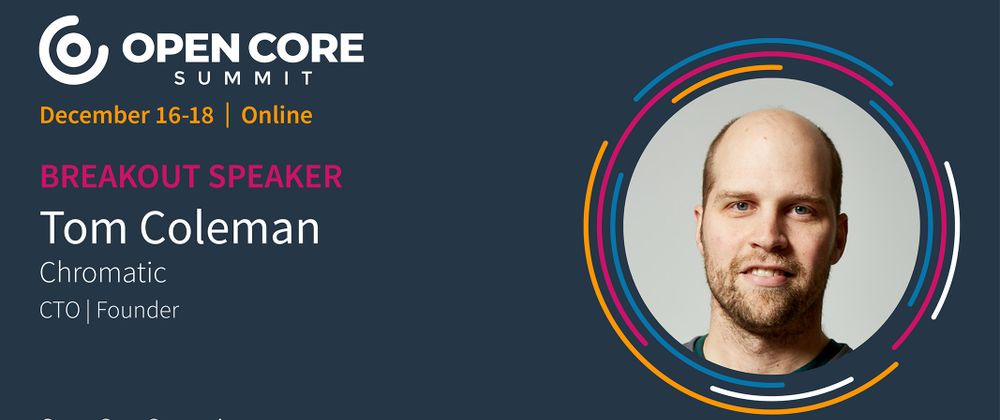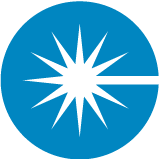Tom Coleman is the CTO and founder of Chromatic, a frontend developer tools company focused on "component-driven" development. Tom has been passionate about enabling better user experience through open source and education for many years now. He’s been active in the JavaScript community since being an early adopter of the Meteor framework and cowriting the very successful “Discover Meteor” ebook. More recently, he has been leading the development of Storybook, the leading open-source component development tool, producing the “Learn Storybook” tutorial series and running Chromatic, a services company that builds on and augments Storybook’s success.
Relevant Links
LinkedIn - Twitter
In this session Tom will talk about how Chromatic commercializes an open source tool and movement by taking those workflows to the cloud.
Tom introduces himself, Chromatic, and Storybook - 0:00
How open-source can help refine the plethora of ideas, and focus that innovation into a product - 1:40
How open source drives innovation = How open source informs product - 2:13
UI development is a game of composition. Tom elaborates on the “componentization” of software. - 3:13
Modern UIs are assembled from components. Tom speaks about the benefits of components, including Quality, Efficiency, Speed, and Durability. - 5:01
The “component-driven” journey. How teams use components. Adopt UI Frameworks (enable component-driven UI code) → Adopt Tools (enable component-driven methodologies) → Adopt Services (Enable component-driven processes) - 6:36
Walking through a Component Framework: React - 9:15
Walking through a Component Tool: Storybook - 10:19
What are the methodologies you get out of adopting a tool like Storybook? It brings an ecosystem. It enables you to take the basic piece of component work, a single component in a single state, and we get to start using it in different ways in our workflow. - 12:17
Walking through a Component Service: Chromatic - 14:33
How Component Services enable processes. Design for teamwork. - 15:55
Components are central. Very powerful, and can take us in a lot of directions. How do you decide which direction and where to take a tool? - 17:03
One way is to look out into the open source world. People are constantly sharing ideas and adding tickets for features. At the same time, one must apply some skepticism - must understand how much people actually care when sharing ideas. Which ideas really matter to people? What are the real pain points? - 19:28
The next level of engagement is to look at pull requests. If you can get a customer to pay for something, it’s a strong signal. In open-source, you can do something similar: if someone is willing to do the work. Pull requests that contain large and important feature requests, it’s a strong signal. This can give you a good sense of what matters to your customers. At the same time, pull requests don’t necessarily imply maintenance, where much of the work resides. - 21:06
The next level that’s an even stronger signal is when someone creates their own project. In Storybook’s case, that’s an add-on. There’s an ecosystem of add-ons, and it signals something that someone put out there with their own set of users and they’re going to actively maintain. Very strong signal. When you see a customer building something for themselves, it’s a great signal. - 22:49
Concluding thoughts, on how features/UI components make their ways from less specific to more specific workflows. - 25:10
Share your questions and comments below!



Latest comments (0)